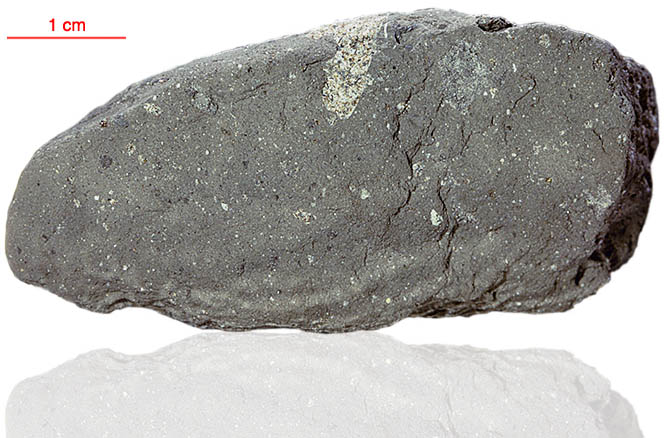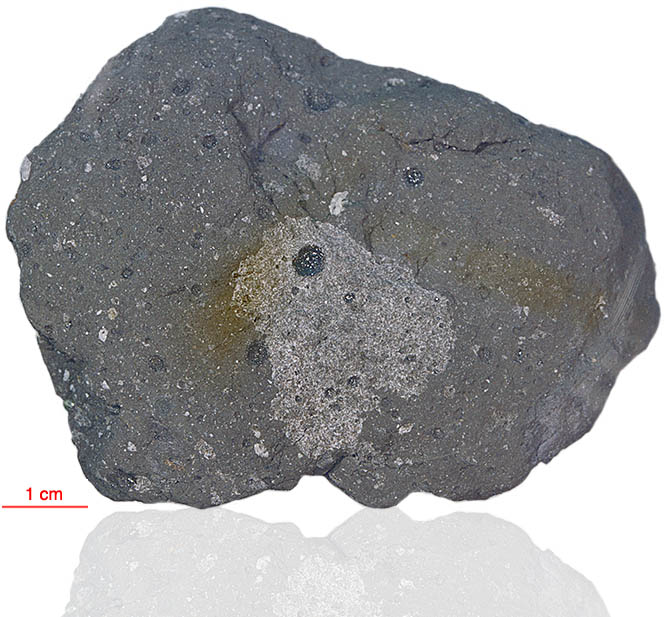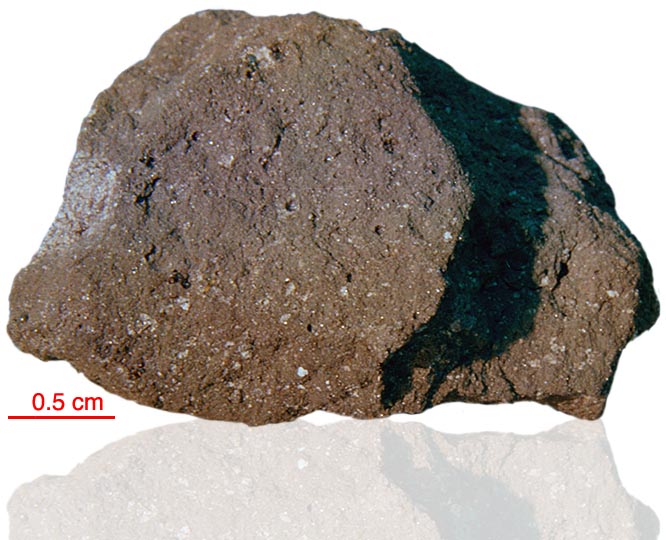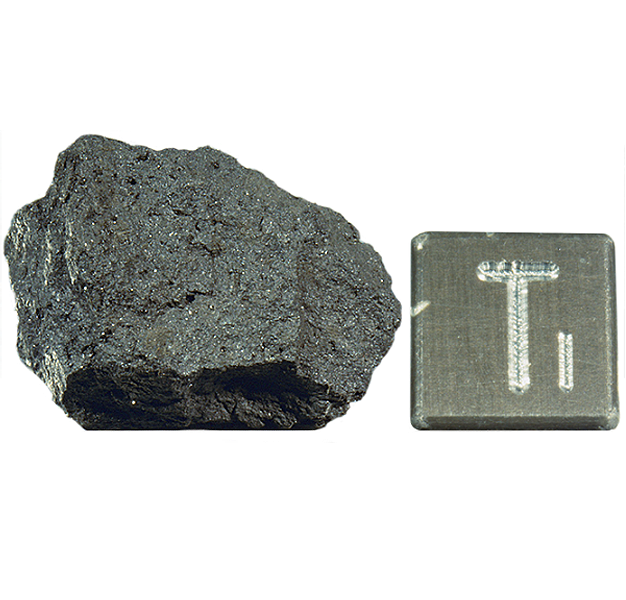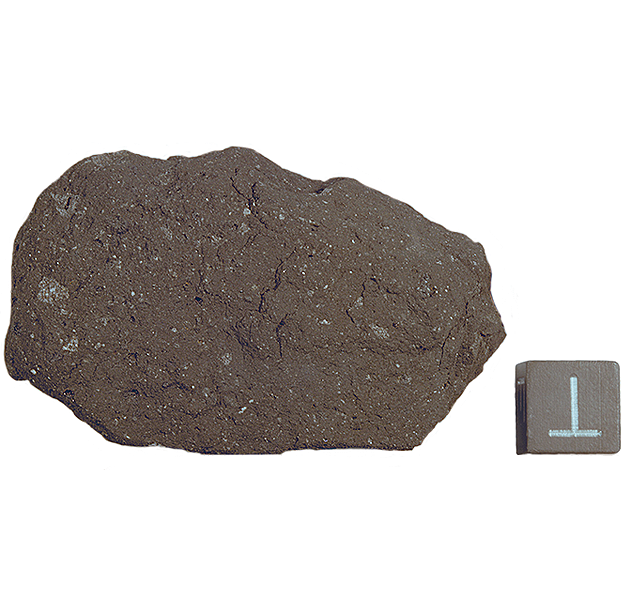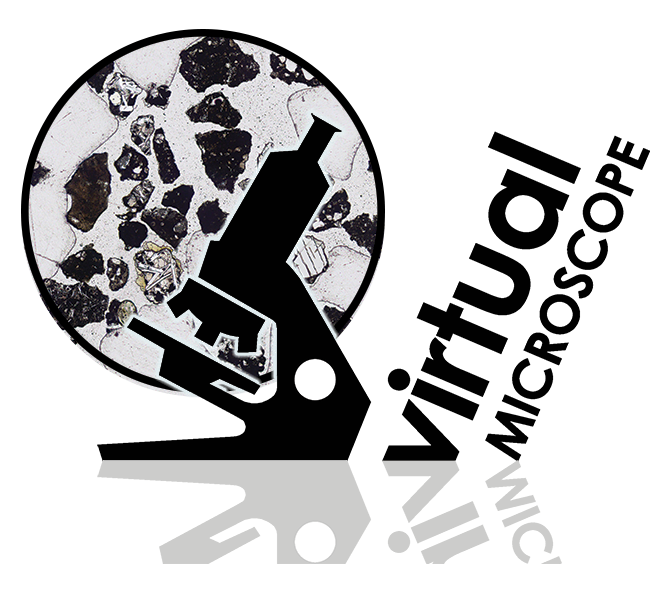
Fact sheet
The Luna Program was one of two lunar exploration programs conducted by the Soviet Union. This was a very long-running program, with the first mission flying in 1959 and the last flying in 1976. Luna 16 landed on 20th September 1970 and was the third mission to collect samples of the Moon. The automatic Luna 16 station collected a 36 cm deep core into the regolith and successfully returned it to Earth in a small capsule. Basalt fragments make up the majority of the sample and they have been dated at 3.4 billion years. Numerous glass particles are also present. About half the glass comes from nearby highland terrain. Glass of volcanic origin is still to be identified. Rotation 1 shows a basalt fragment and a small partially devitrified glass particle. Rotation 2 shows impact melt at the margin of a small breccia clast.
The sample weighed 101 grams before analysis.
Further details of Luna and Apollo samples are here: http://curator.jsc.nasa.gov/lunar/
The Apollo 11 samples create an iconic collection since they were the first rocks collected by humankind that were returned to Earth from another solar system body. The Apollo 11 team collected and returned 22 kg of rock and soil samples.
Apollo 11 launched from Cape Kennedy on 16 July 1969. An estimated 530 million people watched Armstrong's televised image and heard his voice describe the event as he took "...one small step for a man, one giant leap for mankind" on 20 July 1969.

